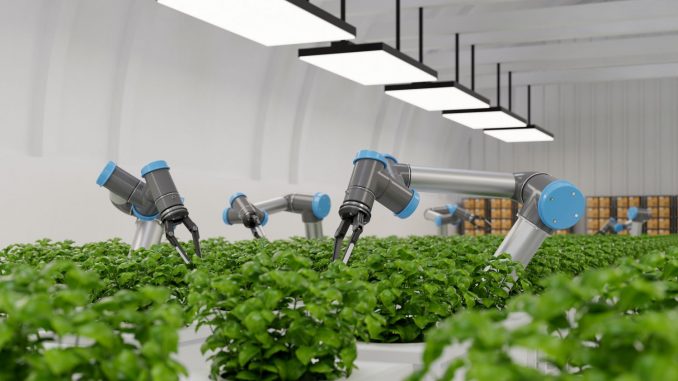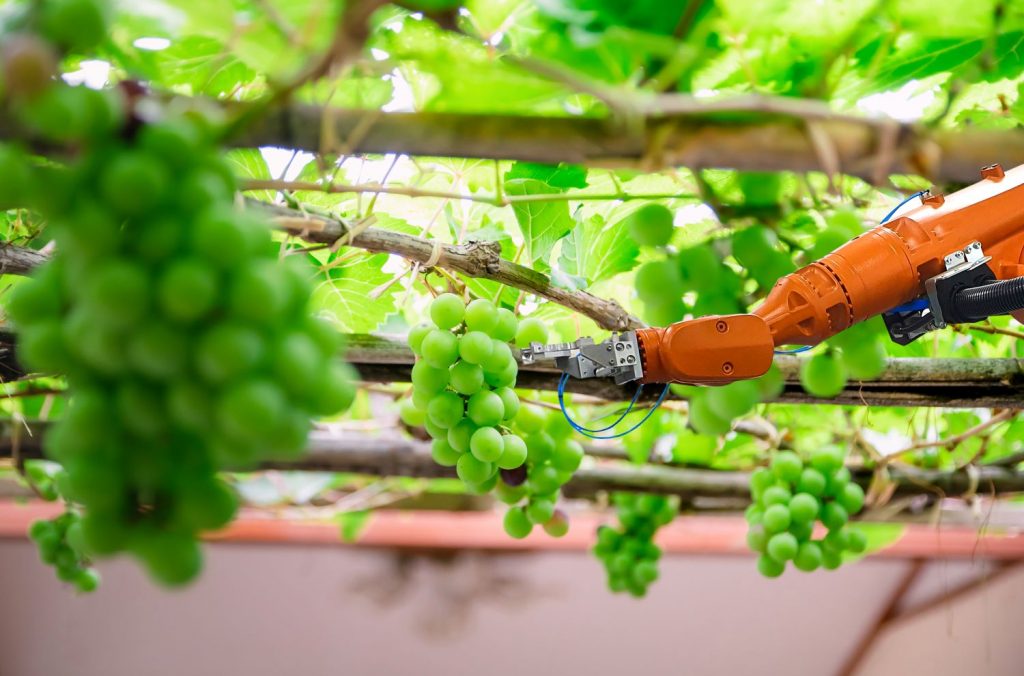 Add My Company
Add My Company

Vertical farming is a rapidly growing industry that has the potential to revolutionize the way we produce food. With the world population reaching 9.7 billion by 2050, finding innovative ways to feed everyone while minimizing our environmental impact is becoming increasingly important. Fully automated vertical farming is one such solution that is gaining popularity, thanks to its numerous benefits. This blog will explore the potential benefits and challenges of fully automated vertical farming, focusing on robotic solutions.
A brief introduction: what is vertical farming?
Vertical farming is an innovative method of agriculture that involves growing crops in vertically stacked layers on shelves, tall pillars, or other structures. This technique enables the production of high-quality crops in a controlled and sustainable environment. The plants are grown in soilless farming techniques such as hydroponics, aeroponics, or aquaponics, in which the roots are submerged in nutrient-rich water or sprayed with nutrient mist.
The controlled environment of vertical farming includes greenhouses, which provide a modern way to optimize plant growth by controlling factors such as temperature, humidity, and lighting. Closed-loop water recycling ensures efficient use of water resources by treating and reusing wastewater rather than disposing of it, which helps to conserve water and reduce water pollution.
Vertical farming offers several advantages over traditional farming methods:
- Elimination of pesticides due to a clean and toxin-free environment
- Crops are not subjected to harsh weather conditions
- Allows for greater crop yield (up to 10 times more than traditional farming)
- Year-round crop production

Fully automated vertical farming
While the benefits of vertical farming are numerous, there are also challenges to consider. The initial investment costs and energy bills can be high, but the need for efficiency and automation in the industry drives these costs down. Furthermore, fully automated vertical farms have an increased demand for maintenance and repair. As with any complex system, robots and other automation equipment require regular maintenance and occasional repairs. Despite these challenges, vertical farming has the potential to revolutionize the agriculture industry and provide a sustainable solution to the growing demand for food in the future.
Mainly robotics has emerged as a valuable technology in vertical farming, with numerous applications throughout the growing process. Some examples are planting and harvesting, watering, lighting, fertilizing, and efficient space utilization. But also, conveyor technology is a versatile tool in vertical farming that can aid in multiple processes. For instance, it can facilitate planting by transporting seeds through pallets or conveyor belts, depending on the application’s specific requirements.
Benefits of automating vertical farms
Increased Efficiency: Robots can perform repetitive tasks such as seeding, watering, and harvesting crops, improving efficiency. Another benefit is that these tasks’ accuracy increases with automation, leading to higher crop yields.
Consistent Crop Quality: With robots, it is possible to maintain stable growing conditions, such as temperature, humidity, and light, ensuring reliable crop quality. This is especially important in commercial farming, where consistency is critical to maintaining customer satisfaction and reducing waste.
Reduced Environmental Impact: Vertical farming is already known for its reduced environmental impact, but the effect is even lower with the added benefits of automation. With automated systems, optimizing resources such as water and energy positively impacts sustainability. Therefore, automating vertical farming is the best way to develop eco-friendly farming solutions.
Increased Production Capacity: With fully automated vertical farming, crops can be produced year-round in a controlled environment. This means more crops can be grown in a smaller space, increasing production capacity and revenue potential.
Automated vertical farming: the key to sustainable agriculture?
In conclusion, fully automated vertical farming has the potential to provide numerous benefits, such as increased efficiency, consistent crop quality, and reduced environmental impact.
However, challenges include high initial investment, maintenance and repair, and reliance on technology. With the help of companies like FlexLink, these challenges can be overcome, making fully automated vertical farming an attractive and effective solution for farmers looking to increase their productivity while minimizing their environmental impact.
Contact us to learn more about robotic solutions to fully automate vertical farms. Also, please visit our website and follow us on LinkedIn for regular updates on industrial automation and robotics.
For more information on How to optimize crop yield with fully automated vertical farming talk to FlexLink Systems Ltd

